
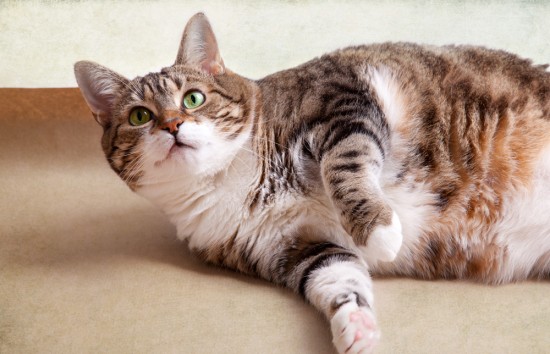
As cats get past the first flush of youth, they will often naturally become rather less active than before, and take less of an interest in playing, going outside and hunting. This is a natural side effect of aging for many cats, but all of these factors can easily lead to obesity, weight management issues and the associated health problems that often accompany cats piling on the pounds. Whatever the age of your cat, there are a few common pitfalls that owners make time after time, which can all contribute to weight gain in cats as time goes on.
All of these five common pitfalls are all too easy to fall into; but fortunately, if you know about them ahead of time, they are also easy to avoid!
Many cats are highly enthusiastic about snacks and treats, and will often clamour for a little bit of what you are cooking, or come to recognise and respond to the sound of their treat jar being opened. Try not to give your cat pieces of your own meals- even fish and meat can be over-processed and fatty, and can cause havoc with your cat’s weight. Similarly, make sure that you don’t over-feed treats that are specifically designed for cats. It can be helpful to know that shaking the treats jar and offering a reward will encourage your cat to come when called, but check the packets to see the manufacturer’s recommended portion size- don’t give a handful if only one or two is advised!
Many cats have seemingly odd tastes- some will enjoy crisps, cheese, or even sandwich spreads such as Marmite! None of these foods were designed for cats, however, and often contain way more calories than your cat should be digesting, as well as being high in fat, sugar, salt and carbohydrates. Also, many commercially produced cat treats are particularly palatable to cats because they are high in sugar and salt; and once your cat has developed a taste for them, they may turn their noses up at healthier, more natural alternatives! Consider buying natural cat treats such as dried chicken pieces and other snacks that do not contain a lot of fat or additives, and teaching your cat’s palate that these are desirable!
Even if your cat has dry food to graze on all day, feeding supplementary meals of wet food may encourage them to gorge on their favourites. There is a lot of debate as to the relative merits of feeding dry food only or wet food only; most cat owners feed a combination of both. If you feed their favourite food supplementally once or twice a day, watch the portion sizes! Also, measure your cat’s food, both wet and dry, and tailor the amount you put down to their weight, age and activity levels.
Cats like to graze, feeding little and often over the course of the day. For this reason, it is advisable to make food and water available to them at all times, so that they can eat as and when it suits them. If you dictate set feeding times and do not leave food down the rest of the time, your cat may then gorge themselves when they do eat, and over-eat as a result. If your cat knows that food will be available to him later, he will be much less likely to do this, and will consume less food in total overall.
If you have more than one cat and feed them side by side, you may well find that the dominant cat will push the other cat away from their food and steal their meals, leading to one cat overeating and the other cat potentially not being fed enough. Even if your cats eat side by side quite happily without any problems, you may find one cat consistently finishes off the food in both bowls, and is eating more than their designated portion!
If you find that this is the case, it is wise to train your cats out of this behaviour before it becomes an issue. This may mean supervised feeding times, or feeding in different rooms of the house, as well as removing any of the desirable supplementary food that is left unfinished by one cat, to keep the other cat from pigging out!
Putting a fat cat on a diet can be difficult, both logistically and in terms of reversing the habits of a lifetime where food is concerned. It is much harder to reverse weight gain than it is to avoid it in the first place, and also, when you see your cat every day it can be hard to notice when they are getting a little more rounded around the edges!
Getting to know your cat’s healthy weight and checking this at least a couple of times a year can be helpful in ensuring that you catch any unexpected weight gain quickly, as can following our five tips on avoiding a problem in the first place!
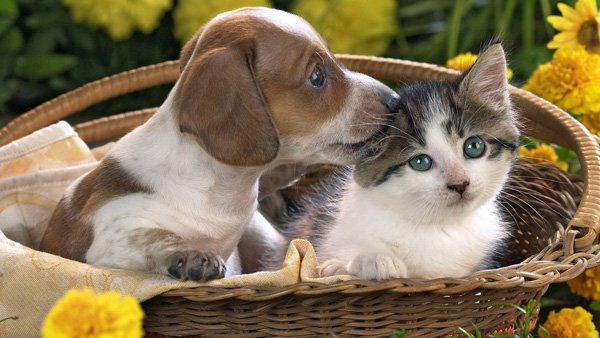 Chicken Runs –Your Chickens to Roam Happily and Secured from Predators
Chicken Runs –Your Chickens to Roam Happily and Secured fr
Chicken Runs –Your Chickens to Roam Happily and Secured from Predators
Chicken Runs –Your Chickens to Roam Happily and Secured fr
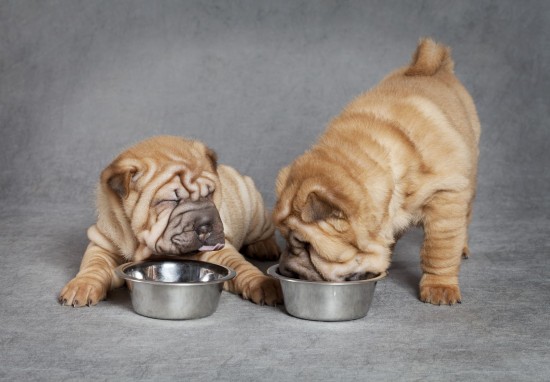 10 Tips For Weaning Puppies
10 Tips For Weani
10 Tips For Weaning Puppies
10 Tips For Weani
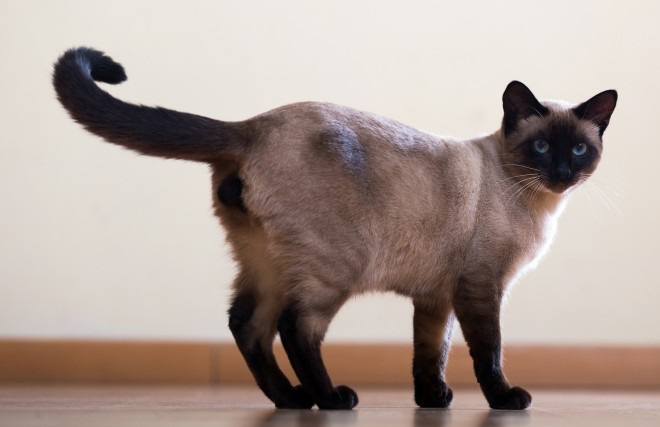 Five Breeds Of Cats That Tend To Get On Well With Dogs
Five Breeds Of Ca
Five Breeds Of Cats That Tend To Get On Well With Dogs
Five Breeds Of Ca
 New Regulations Come Into Force For Dog Breeders In Wales
New Regulations C
New Regulations Come Into Force For Dog Breeders In Wales
New Regulations C
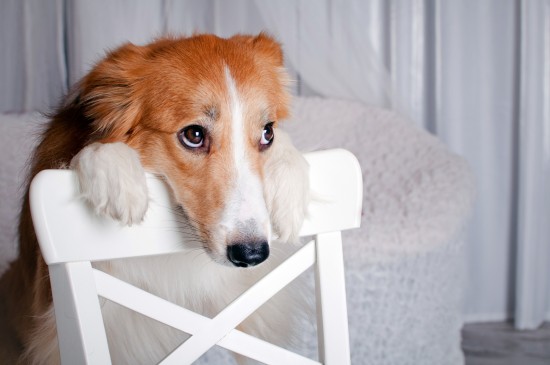 Can Dogs Make Owners Feel Guilty?
Can Dogs Make Own
Can Dogs Make Owners Feel Guilty?
Can Dogs Make Own
Copyright © 2005-2016 Pet Information All Rights Reserved
Contact us: www162date@outlook.com